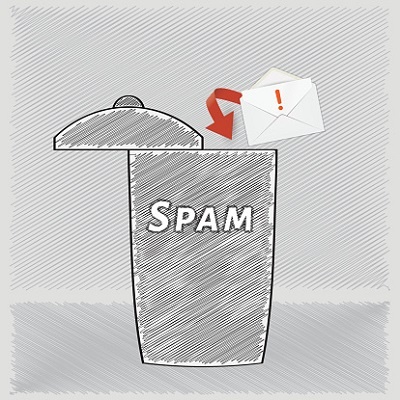 We all know and fear the spam folder: the sad place where otherwise perfect messaging goes to die. Fail to follow correct email deliverability best practices, and your message is exiled to the land of no-return leads, the final resting place of an average of the more than 80 percent of marketing emails that are never opened.
We all know and fear the spam folder: the sad place where otherwise perfect messaging goes to die. Fail to follow correct email deliverability best practices, and your message is exiled to the land of no-return leads, the final resting place of an average of the more than 80 percent of marketing emails that are never opened.
The good news is it doesn’t have to end this way. Email intelligence, validation and append tools can get your posts on screen and in front of a customer whose index finger isn’t twitching over the EMPTY TRASH button-but rather eagerly scrolling into the meat of your email.
You just have to know which email engagement approaches increase your ROI-and which hurt it. Here are our eight best tips for avoiding the spam folder.
Tip 1: Get In the Door
Don’t waste time on invalid email addresses when you can vet them beforehand. A clean email list helps ensure email messages go to valid addresses and reduces the risk of accidentally emailing spam traps. Fast, accurate and secure email validation are vital to maximizing your efforts.
Tip 2: Find the Winners
A savvy boxer doesn’t keep leading with his head. Knowing what’s effective in your outreach can make sure not only does your punch land, but it lands with some pop. Use data to measure the effectiveness of your outreach. Determine which times of day, types of email and offers resound with your audience most. The more you focus on engagement, the less you risk being marked spam.
Tip 3: Know Your Audience
Any salesman knows cold calling is never fun. A little bit of inside info can go a little way, but a lot can put you over the top. Improving data quality allows personalization by providing background on subscribers, as well as alternate ways to reach them.
Tip 4: Bigger Isn’t (Always) Better
A large file size can put your email communication on a one-way trip to spam-town. Even if it does make it to your subscriber’s inbox, a large file can take a while to download and frustrate the user. And long emails don’t crack the short attention span of busy customers. While using images is often encouraged, do so with care. And always be concise.
Tip 5: Tell It Like It Is
Misleading or deceptive subject lines don’t instill trust in the consumer, unless they are the type who truly believe a mysterious Nigerian prince wants to share his fortune. Besides, it’s illegal. The federal CAN-SPAM Act of 2003 carries penalties for intentionally misleading prospective customers. Pithy and engaging subject lines hook customers, but false claims cut the line.
Tip 6: Seek Alternative Routes
Does a traffic jam stop you, or do you seek another way to get where you’re going? You can leverage your hashed emails to reach your customers on Facebook, Google and Twitter via their customizable audience features.
Tip 7: Follow Through
Zero in on your targets and follow through in the post-purchase process by improving your data quality. Theater company Shubert Organization, for example, makes sure the show goes on by using email intelligence software that crunches purchasers’ data to increase open rates by almost 13 percent. Higher open rates and stronger engagement mean a better sender reputation and less risk of being considered spam.
Tip 8: Encourage Interaction
Anyone who’s ever been ignored by a salesperson knows frustration often leads to putting the product back on the shelf. Make it easy to respond. Pitches sent from no-reply emails not only are more likely to be spam bait, they also hurt your brand and eliminate an integral way for consumers to stay in touch.
Emails can be highly effective at reaching customers, but if done without sound preparation they can vanish without a trace. Keep your emails lean, clean and on target, and your potential customers’ spam folders will remain a foreign place.
For more ways to increase the ROI on your email outreach, and other insights, download our free guide Email Deliverability: 21 Steps to Success.
 Affiliate Marketing
Affiliate Marketing Automotive
Automotive eCommerce and Retail
eCommerce and Retail FinTech
FinTech LeadGen
LeadGen Nonprofit and Political
Nonprofit and Political Payments
Payments Technology Platforms
Technology Platforms Tourism and Hospitality
Tourism and Hospitality
 We all know and fear the spam folder: the sad place where otherwise perfect messaging goes to die. Fail to follow correct
We all know and fear the spam folder: the sad place where otherwise perfect messaging goes to die. Fail to follow correct 